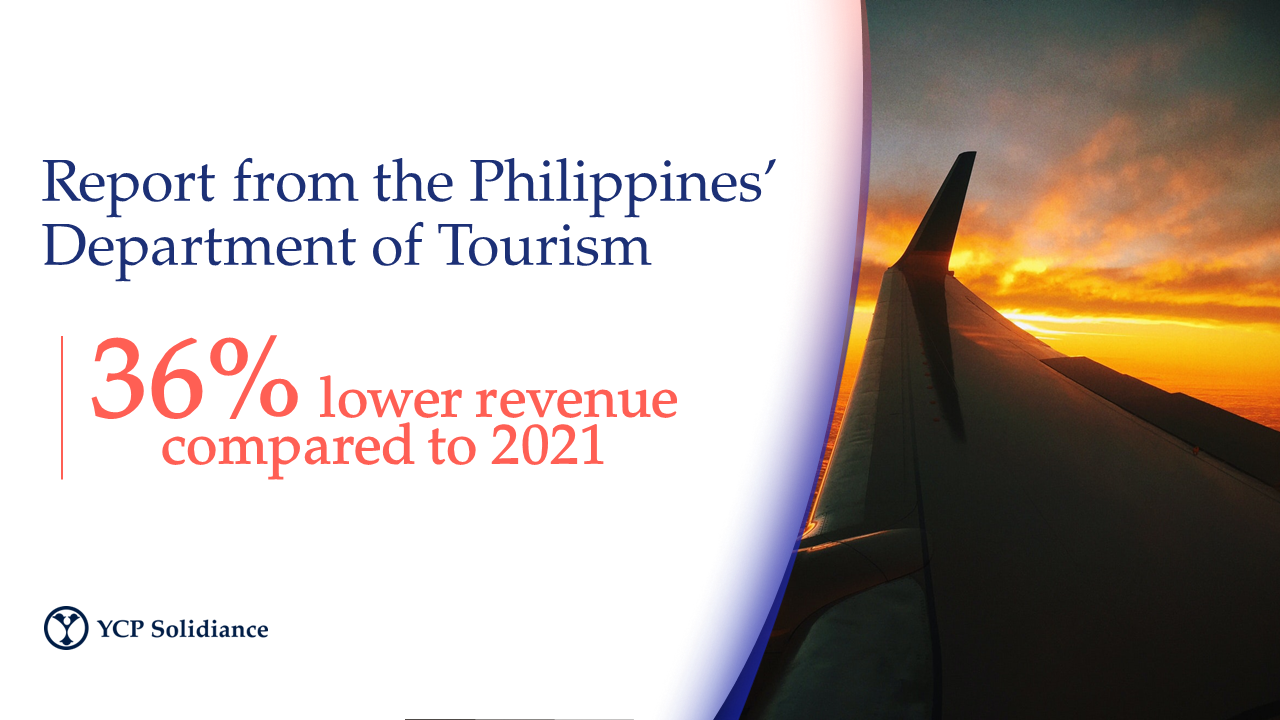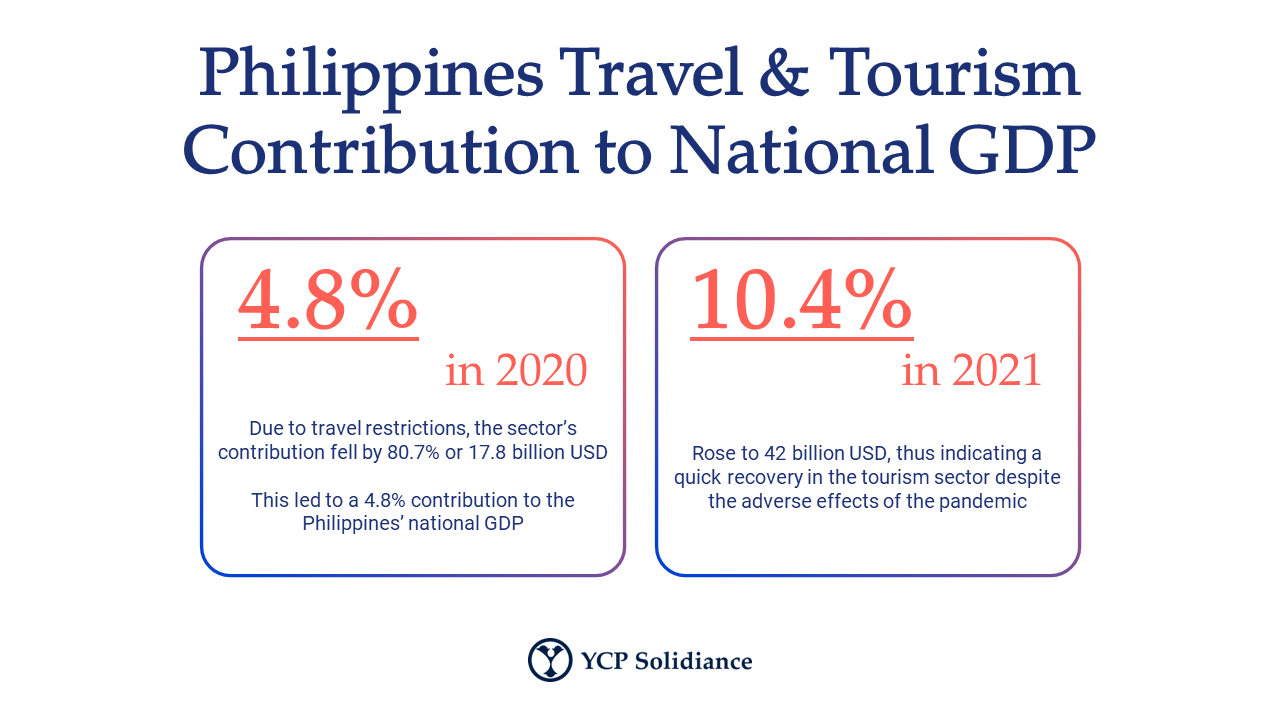As the Philippines go through multiple changes adapting to the digital era, the pandemic, and administration changes within the government, there have been challenges in how tourism would move forward in 2022 and the succeeding years. Specifically, there is an urgent need to adopt policies in the tourism industry that drive economic recovery as it will help minimize the adverse effects of the pandemic.

Domestic tourism among locals in the Philippines has been an area of focus for stakeholders, as it is already showing signs of a strong resurgence. Although foreign tourism for international parties is not predicted to make a significant return until 2023-2024, the Philippine government has begun to lessen the requirement necessary for incoming visitors.
For instance, the government now allows incoming, vaccinated foreign visitors to utilize quarantine waivers instead of a previously mandatory quarantine period. This trend will likely become more prominent in the next two years as international travel to the Philippines will become more frequent.
Such a development is positive for the Philippine tourism industry as it will entice foreign travelers. Likewise, other industries will also benefit as the entry of foreigners will introduce a new market to cater to. Specifically, sectors like retail, food and beverage (F&B), and hospitality will benefit the most from the influx of visitors. To further bolster this predicted growth, the tourism sector should seek to collaborate with closely related industries by creating package deals that cater to the end-to-end needs of visitors, like hotel accommodation, transportation services, tours, etc.

According to the World Travel & Tourism Council's most recent iteration of the Economic Impact Report, the Philippines' tourism sector increased by 129.5% in 2021, reaching 41 billion USD. Following an 80% drop in 2020 wherein the tourism sector only contributed 17.8 billion USD, the tourism industry’s GDP contribution in 2021 helped place the Philippines as the world's fourth quickest-expanding GDP.
